10 Common Mistakes to Avoid When Collecting Georgian Furniture
Collecting Georgian furniture is an exciting journey, but it is important to approach it with care. A few simple mistakes can cost you time and money, especially when identifying genuine pieces. Understanding the key features of Georgian design will help you make more informed decisions. Whether you are new to collecting or have experience, learning about potential missteps will set you up for success.
This post may contain affiliate links, which helps keep this content free. Please read our disclosure for more info.
Ignoring Provenance
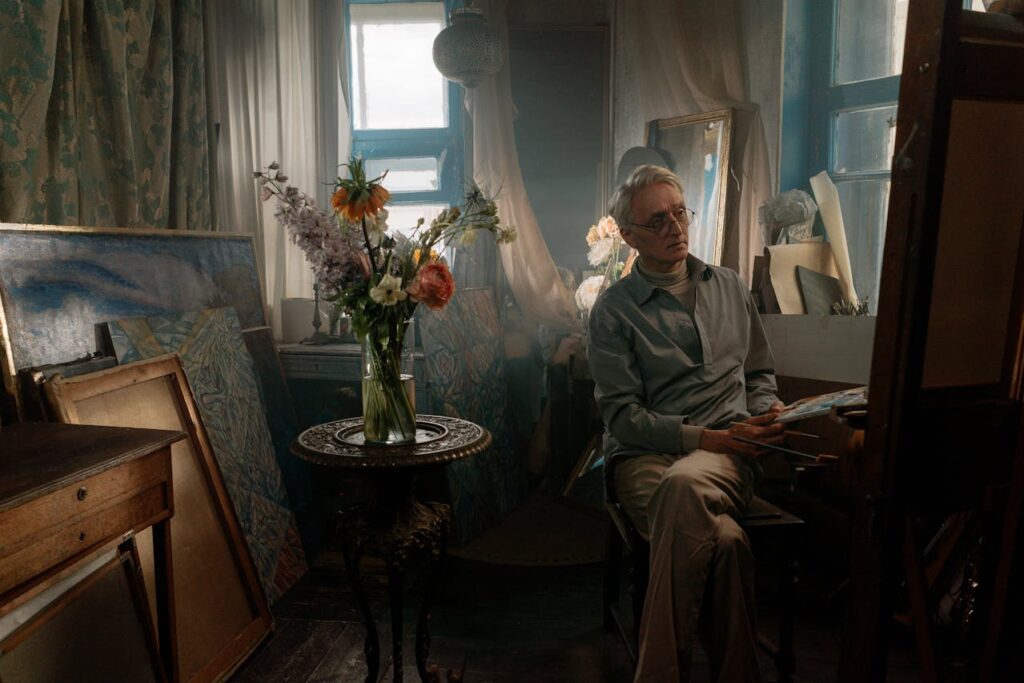
When collecting Georgian furniture, many overlook the importance of provenance. Provenance is the history of ownership and authenticity of a piece, which can significantly influence its value. Without proper documentation or knowledge of where the piece has come from, it becomes difficult to verify its authenticity. This can lead to purchasing a reproduction or a piece that is not as valuable as expected.
It is always wise to ask for records of ownership or expert authentication when acquiring Georgian furniture. Having this background information ensures that you are investing in a genuine item. Many items may look authentic but lack the documentation to confirm their true origins. Provenance adds not only value but also historical context to the piece.
Focusing Too Much on Aesthetics
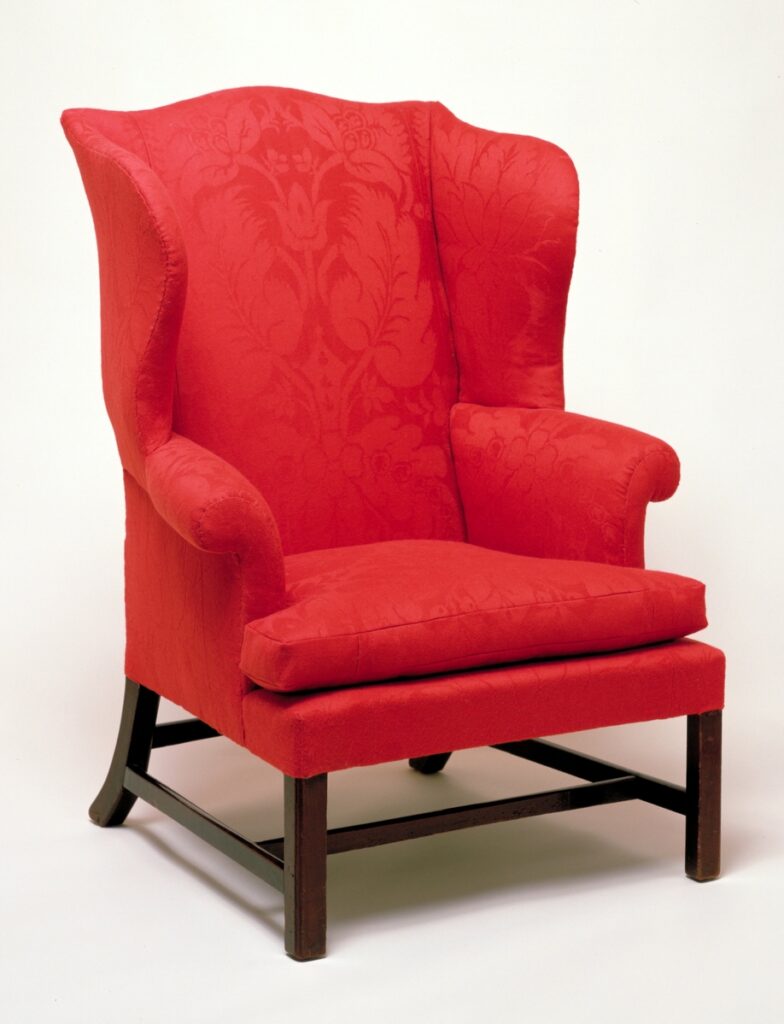
While the visual appeal of Georgian furniture is important, focusing only on aesthetics can lead to mistakes. The quality of materials and construction often plays a more significant role in determining the value of a piece. If a piece looks good but is poorly made or lacks proper craftsmanship, it is not a wise investment. Keep in mind that Georgian furniture was crafted with precision and quality materials.
Instead of solely looking at the visual appeal, focus on the structural integrity of the piece. Examine the joinery, finish, and materials used in the construction. Furniture made during the Georgian era was built to last, and these elements will help you distinguish a genuine item from a later reproduction. Balance both beauty and craftsmanship when assessing Georgian furniture.
Overlooking Repairs or Restoration
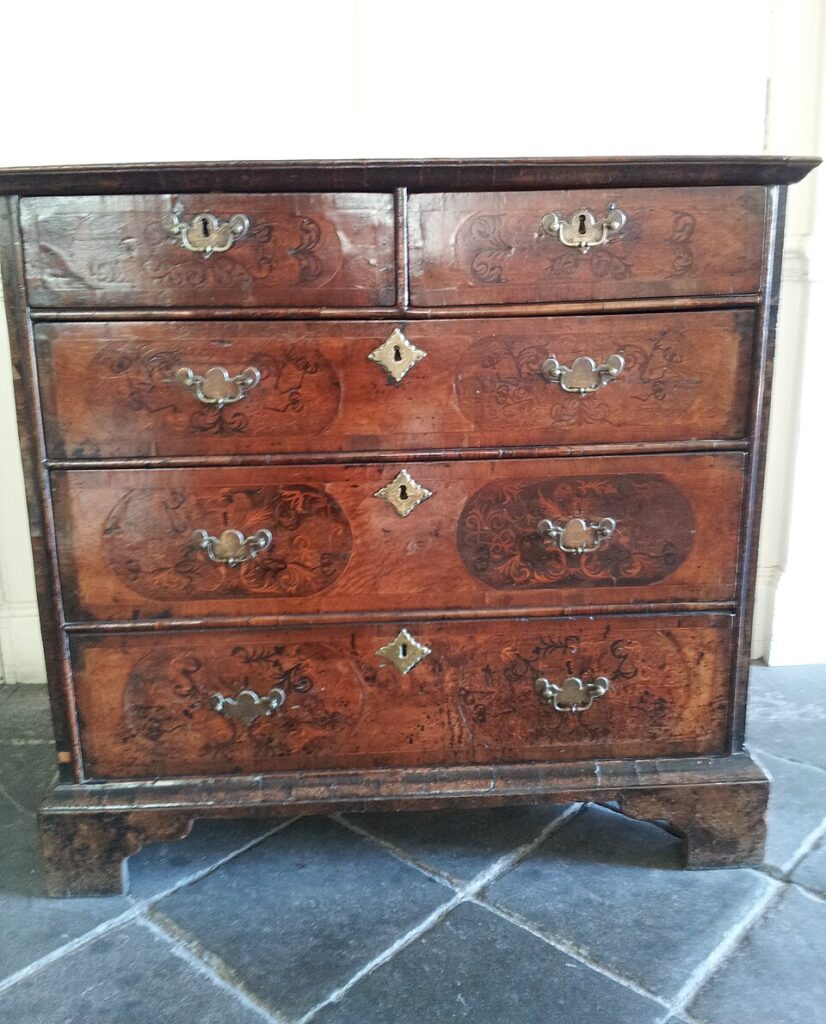
Many collectors make the mistake of disregarding repairs or restorations that have been made to a piece. While some repairs are necessary to preserve a piece, extensive restoration can negatively impact its value. Over-restored furniture may lose its original charm and character, and collectors may find themselves paying for a piece that is no longer as historically significant.
It is important to examine the extent of any repairs or restorations done to the piece. Minor touch-ups may be acceptable, but significant alterations should be viewed with caution. Always ask about the restoration history and avoid pieces that have been overly modified. A piece with its original patina and minimal repairs holds more value in the long run.
Failing to Recognize Reproductions
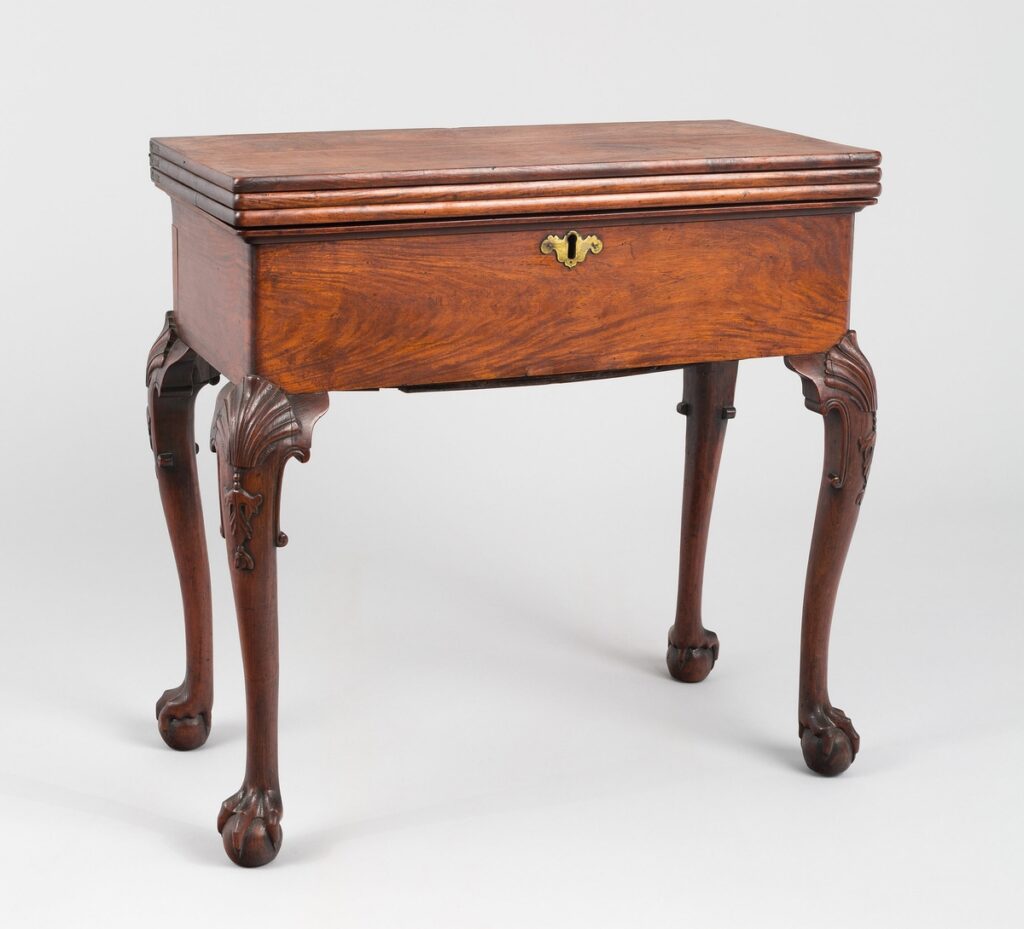
Reproductions of Georgian furniture are common, and collectors often make the mistake of confusing them with authentic pieces. Reproductions may look similar to genuine Georgian furniture, but the craftsmanship and materials used are different. With the rise of modern manufacturing techniques, it can sometimes be difficult to spot these copies without proper knowledge.
To avoid this mistake, learn the characteristics of authentic Georgian furniture. Examine the wood types, construction methods, and finishes used during the period. A trained eye can distinguish between original and reproduced furniture based on subtle differences in detailing. If in doubt, always seek an expert’s opinion before purchasing.
Not Understanding the Different Georgian Styles
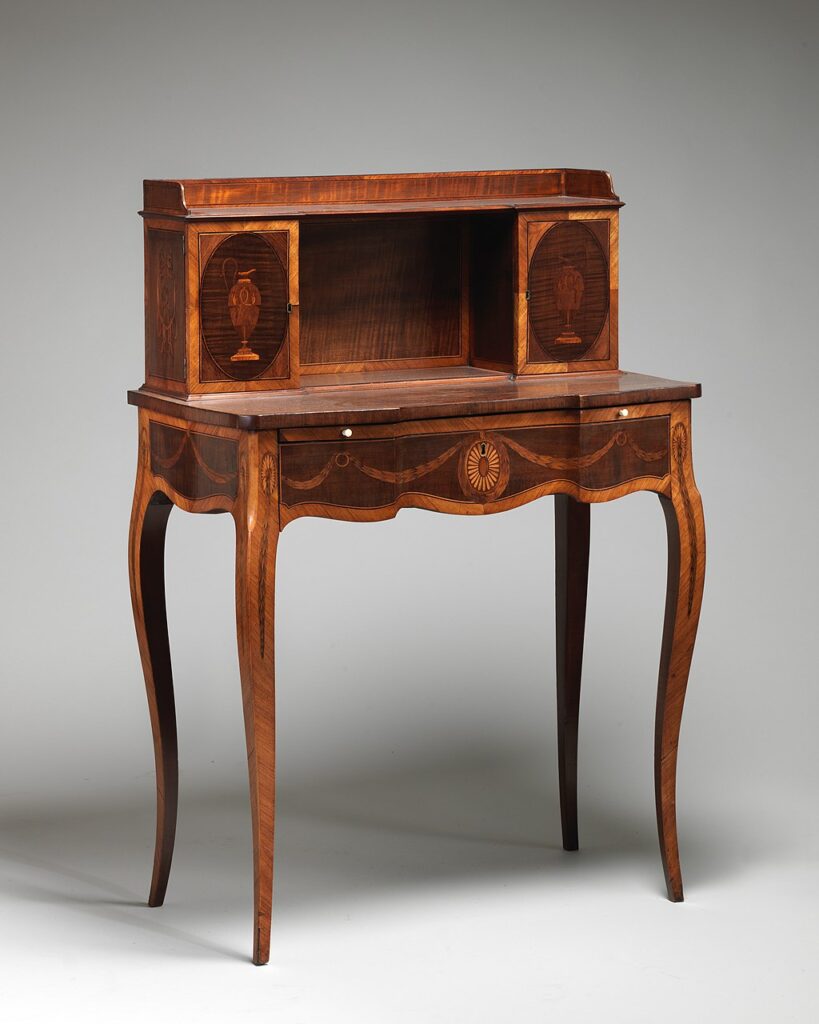
Georgian furniture is made up of several distinct styles that evolved throughout the period. Many collectors fail to understand these differences and may mistakenly buy pieces from later periods or different design schools. Whether it’s the early Georgian, Chippendale, or Hepplewhite style, each has its unique characteristics.
Educating yourself about the different Georgian furniture styles will help you make better purchasing decisions. Understand the design features, such as the type of legs, carvings, and finishes associated with each style. This knowledge will allow you to spot genuine pieces from the correct period and avoid buying furniture that may not fit your collection’s aesthetic or historical goals.
Not Checking for Signatures or Marks
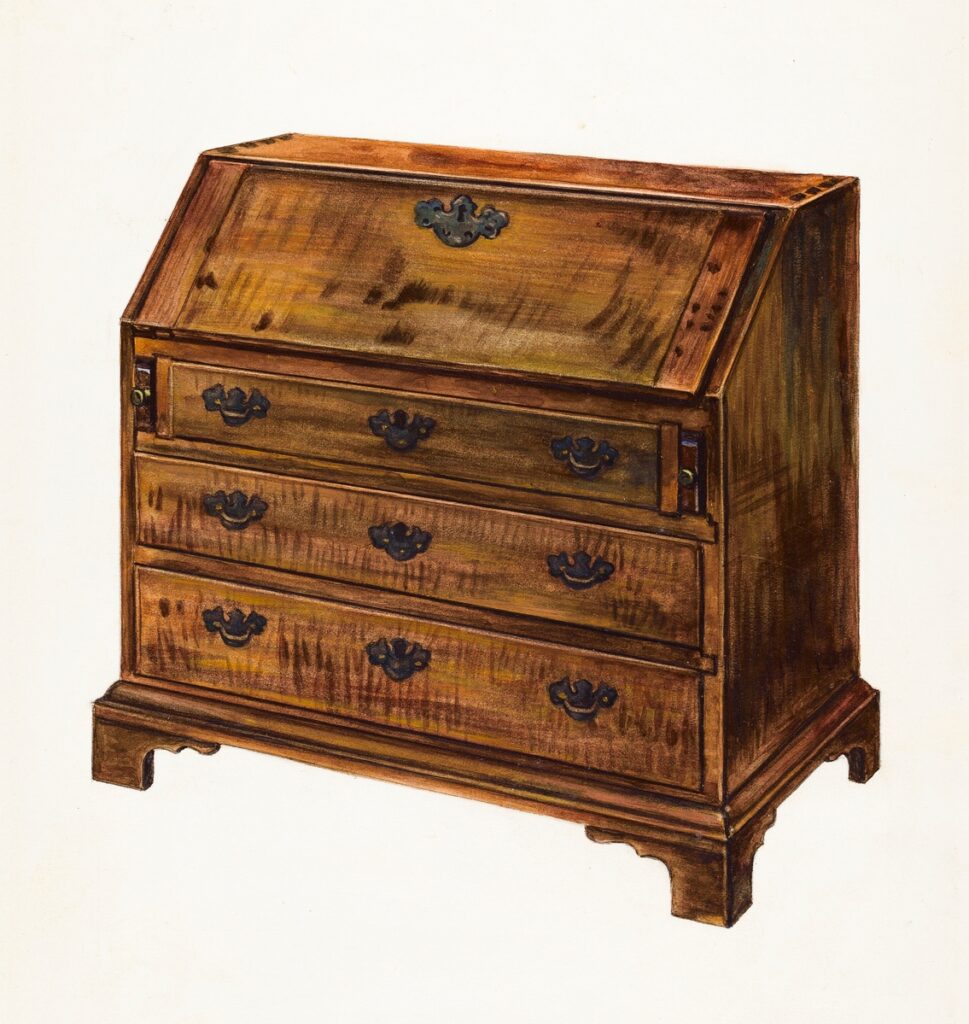
Many Georgian pieces were marked with the maker’s signature, a manufacturer’s stamp, or a label. Failing to look for these marks can be a costly mistake for a collector. These markings provide essential information about the maker, which can increase the value of the item. Without them, the piece may be worth less, as it becomes difficult to verify its origin.
Always inspect furniture closely for any stamps, signatures, or labels that indicate the maker. These marks are often found on hidden areas such as the underside of tables or the back of chairs. When you find a signature, research the maker to understand the piece’s significance and value. The presence of a maker’s mark adds credibility and authenticity to your collection.
Not Considering the Size of the Piece

Another common mistake when collecting Georgian furniture is failing to consider the size of the item relative to your space. Georgian furniture tends to be large and imposing, especially the cabinets, tables, and chairs. Many collectors purchase pieces without considering how they will fit into their homes or collections.
Before buying, measure the space where you plan to place the furniture. Ensure that the proportions are right and that the piece will complement your existing decor. Georgian furniture is often grand, and selecting items that fit within the scale of your space will prevent overcrowding or visual imbalance. Keep size in mind to make sure your piece enhances the room rather than overwhelming it.
Underestimating the Importance of Original Hardware
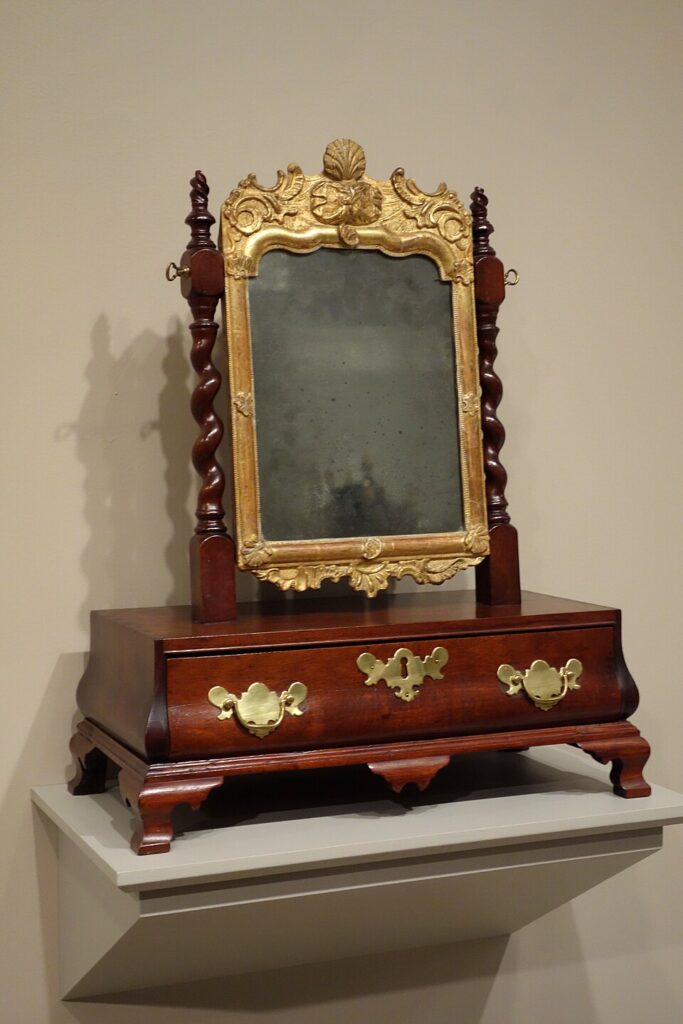
The hardware on Georgian furniture, such as handles, locks, and hinges, was often custom-made and is a critical part of its historical value. Ignoring the condition or authenticity of the hardware can devalue a piece. Many modern replicas have cheap, mass-produced hardware, which diminishes the overall appeal and worth of the item.
Check the hardware closely and make sure it aligns with the furniture’s style and period. Original hardware, even if it shows signs of wear, adds value and authenticity. If the hardware is missing or replaced, it can significantly lower the value of the piece.
Overlooking the Patina
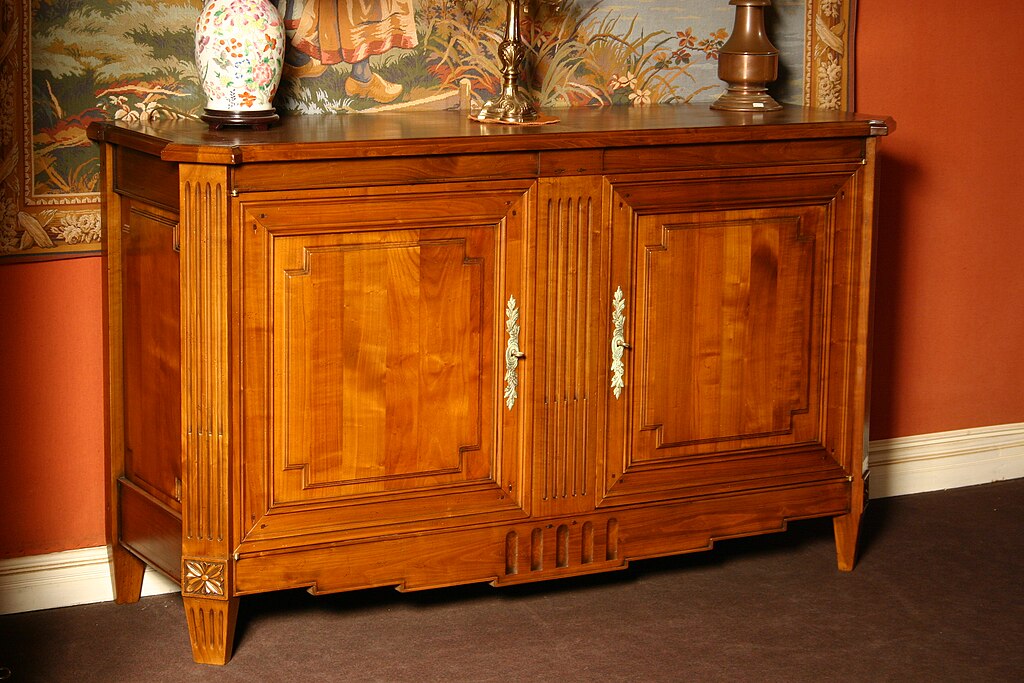
The patina on Georgian furniture is a natural layer of wear and tear that develops over time. Some collectors mistakenly think that a piece must be in pristine condition to be valuable. However, an untouched patina adds character and authenticity to furniture, making it more desirable for collectors.
When assessing a piece, remember that a piece with a good patina often has more value than one that has been overly polished. A natural, well-preserved patina reflects the history and age of the piece. Avoid refinishing or overly restoring pieces, as this can diminish their historical charm.
Failing to Buy from Reputable Dealers

Not all dealers are created equal, and some may offer items that are not authentic or well-maintained. Failing to buy from reputable dealers can result in purchasing overpriced or misrepresented items. Many collectors get drawn to cheaper options or non-specialist dealers, only to regret it when the value of their pieces drops.
Make sure you buy from dealers who specialize in Georgian furniture and have a strong reputation in the market. Established dealers often provide provenance, guarantees, and expert insights, ensuring the piece is both authentic and valuable. Research their background and ask for references before making any purchases. A trustworthy dealer will have a solid track record and will help guide you in your collecting journey.
This article originally appeared on Avocadu.
